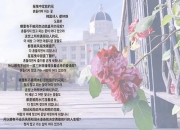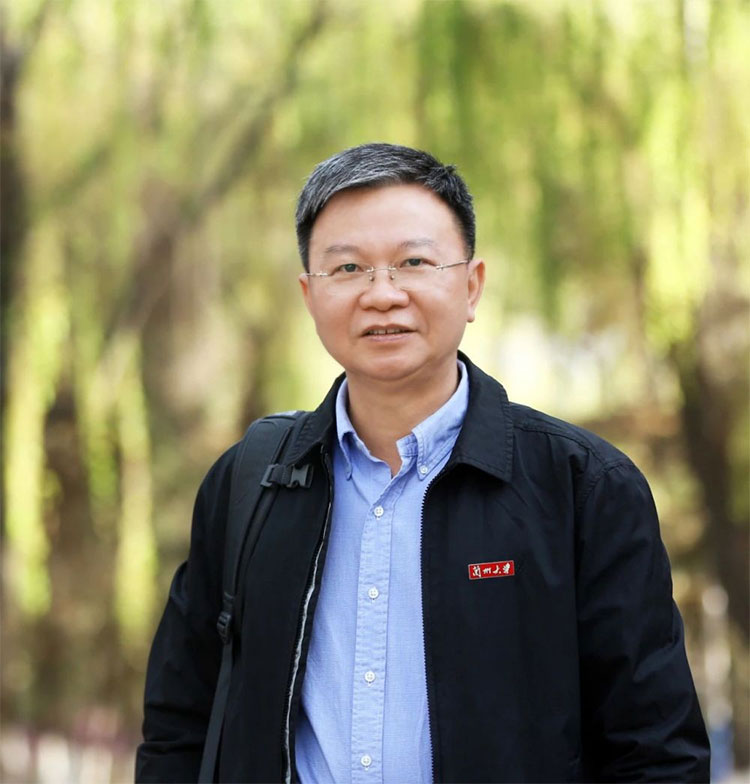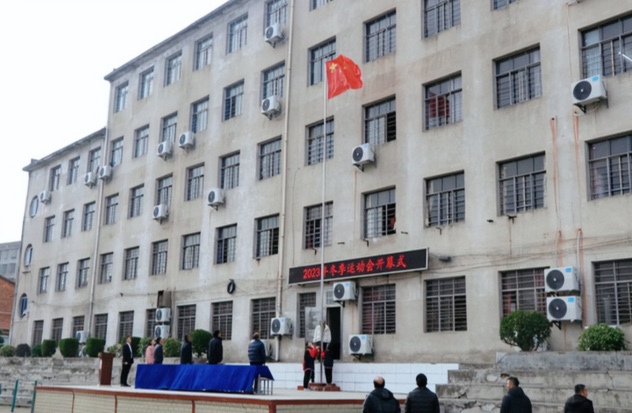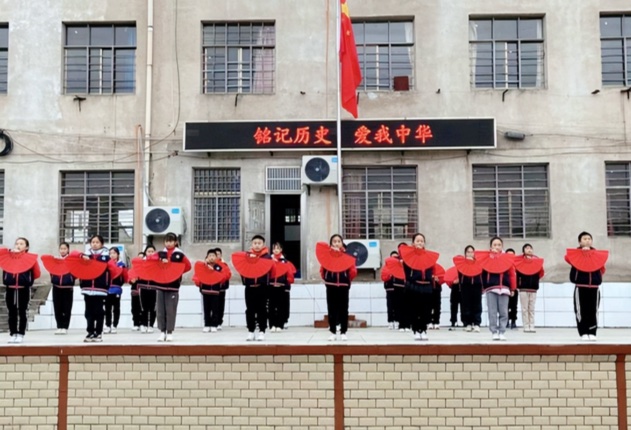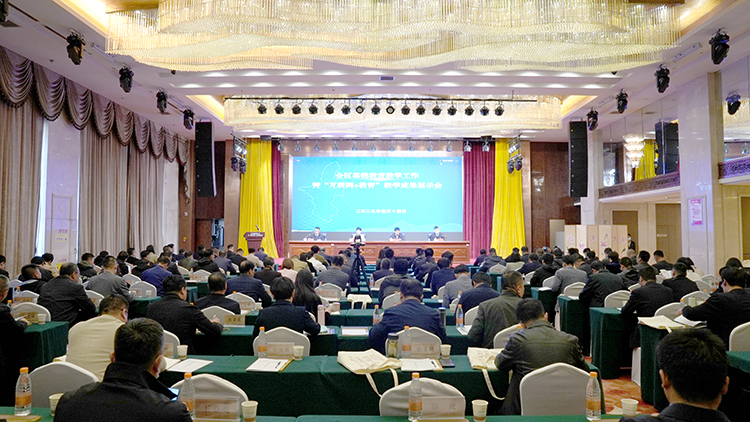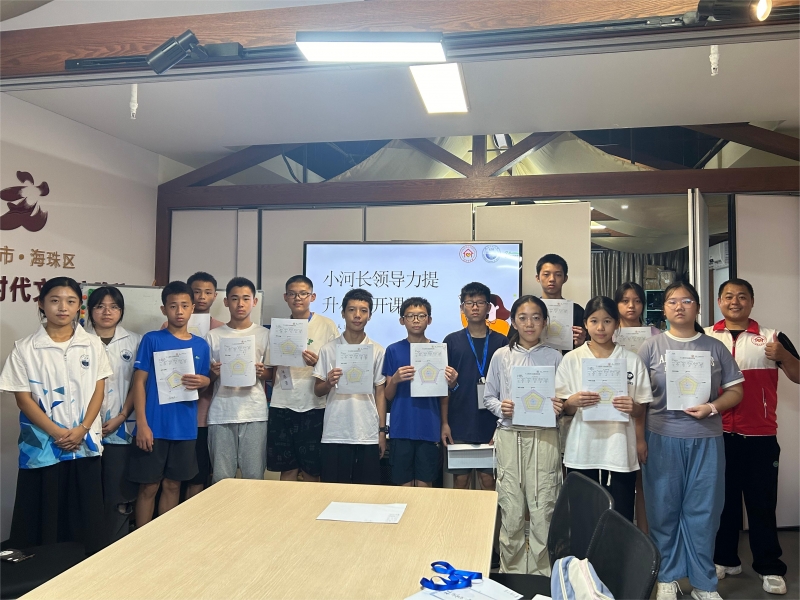转载自上外海培学生工作VoiceofHaipei海培之声Thisisthe23rdissueofthe“VoiceofHaipei” Inthisseries,andstartingfromthe17thissue,ourteachersandstudentshavebeenandwillbeworkingtogethertopresentaselectionofthefollowing:anex...
转载自上外海培学生工作
Voice of Haipei
海培之声
This is the 23rd issue of the “Voice of Haipei”. In this series, and starting from the 17th issue, our teachers and students have been and will be working together to present a selection of the following: an excerpt or the full text of a piece of well-recognized writing (literary or academic), responses to questions from tests such as IELTS(雅思), TOEFL(托福), SAT (Scholastic Aptitude Test), JLPT(日本語能力試験) and 한국어능력시험 (韩国语能力考试)with model examples of a high-scoring answer, or original creations by our teachers and students. We hope that via these shared voices and insights, our interest in exploring further will be spurred. Remember: For all keen learners, lending an eager ear to the input and reading critically and analytically are effective ways to broaden our intellectual capacities and improve our communicative abilities. With sincere dedication and efforts, we will be enriched, empowered, and enlightened.
This 23rd production is in three parts. Part I is an introduction to Dame Nellie Melba, an Australian soprano. Part II is the success story of Melba, and Part III is poetry reading. The production is an outcome of the concerted efforts of our teacher Michael Robert Gonzales, and four SISU*UNSW Program students. Their contributions are as follows:
Readers of Part I: Wang Jinyun, Wang Yue, and Yan Hongchao
Reader of Part II: Michael Robert Gonzales
Readers of Part III: Yan Guishan, Wang Weitao
Editor: Zhou Xiaowei
Dame Nellie Melba was an Australian operatic soprano who was born on May 19, 1861 in Richmond, Victoria, Melbourne, Australia. She became one of the most famous singers of the late Victorian era and the early 20th century, and was the first Australian to achieve international recognition as a classical musician. She took the pseudonym “Melba” from Melbourne, her hometown.
Melba started her singing career in Melbourne and achieved modest success in performances there. In 1887, she went to Europe and studied in Paris, and soon achieved great success in Brussels. Then she went to London and quickly established herself as the leading lyric soprano at Covent Garden in 1888. She soon achieved further success in Paris and elsewhere in Europe around 1890. Later in 1893, she debuted at the Metropolitan Opera in New York.
During the 20th century, Melba was frequently back and forth between Europe and Australia, singing at concerts. She was active in the teaching of singing at the Melbourne Conservatorium. Melba continued to sing until the last months of her life and made a large number of “farewell” appearances.
Melba was deeply concerned about the development of music education in her hometown; she played an active role in community development and the running of schools.
Melba is deeply loved in her home country, and she has achieved a high reputation in the opera world globally. The concert hall of the University of Melbourne is called Melba Concert Hall and her portrait appears on Australian stamps. In London, her statue is one of the two on the stairs of the Royal Opera House in Covent Garden (the other one is that of Enrico Caruso, an Italian operatic tenor). Her death in 1931 in Australia, was news across the English-speaking world, and her funeral was a major national event. The Australian $100 note features her image in honor and memory of her achievement and impact.
As one of the most outstanding lyric and coloratura sopranos between the end of the 19th century and the beginning of the 20th century, Melba achieved her success in Paris after singing the character Juliet of Romeo and Juliet in 1889.
Melba, via her performances, illustrated the essence of opera, fundamentally a genre of emotional storytelling, to its maximum. Her singing spoke to the core of the human condition and mankind’s shared experiences as emotive beings. Through her singing and interpretation, the audience could vividly feel the power of opera – The intersection of voice, music, and drama makes opera a perfect genre in telling humanity’s most universal stories.
Romeo and Juliet is an opera composed by Charles Gounod, a French composer, based on Romeo and Juliet by William Shakespeare. It was first performed at the Théâtre Lyrique in Paris on April 27, 1867. This opera is best known for the series of four duets for the main characters and the waltz song “Je veux vivre” for the soprano. Soaringly passionate and exquisitely heartbreaking, Romeo and Juliet is a perfect operatic subject.
Part III Poetry Reading
“Ah, I want to live” is a libretto written by Jules Barbier and Michel Carre based on Romeo and Juliet by William Shakespeare. The most famous song in the opera “Romeo and Juliet” by Gounod is the waltz song, “Ah, I want to live”, for the soprano. After singing this song in 1889, Melba won a world-class reputation for the first time. Now let’s enjoy the poem.
This poem is a libretto written by Jules Barbier and Michel Carre based on Romeo and Juliet by William Shakespeare. The most famous song in the opera “Romeo and Juliet” by Gounod is the waltz song, “Ah, I want to live”, for the soprano. After singing this song in 1889, Melba won a world-class reputation for the first time.
Now let’s enjoy the poem.
Ah!
I want to live
In this dream that intoxicates me
Again this day!
Sweet flame,
I keep you in my soul
Like a treasure!
This intoxication
Of youth
Alas, don’t last just one day!
Then the time comes
When we cry
The heart gives way to love
And happiness flees without return.
Ah!
I want to live
In this dream that intoxicates me
Again this day!
Sweet flame,
I keep you in my soul
Like a treasure!
Away from the gloomy winter
Let me sleep
Before stripping it.
Ah!
Sweet flame,
Stay in my soul
Like a sweet treasure
For a long time, again!
Music《夜空中最亮的星》

原标题:海培之声~Voice of Haipei (23)_留学指南_1+3留学预科
特别声明:本站注明稿件来源为其他媒体的文/图等稿件均为转载稿,并不意味着赞同其观点或者证实其内容的真实性。如转载稿涉及版权等问题,请作者在两周内速来函dianshiw#163.com联系,会在24小时内删除。
Notice: The articles / pictures and other manuscripts that this website notes as the source of manuscripts from other media are reprinted manuscripts, which does not mean that they agree with their views or confirm the authenticity of their contents. If the reprinted manuscript involves copyright and other issues, please contact the author by letter within two weeks.







 当前位置:
当前位置: 来源:互联网转载
来源:互联网转载  作者:版权所有者
作者:版权所有者  时间:2021-11-24 12:00:00 发布
时间:2021-11-24 12:00:00 发布  标签:新闻
标签:新闻
